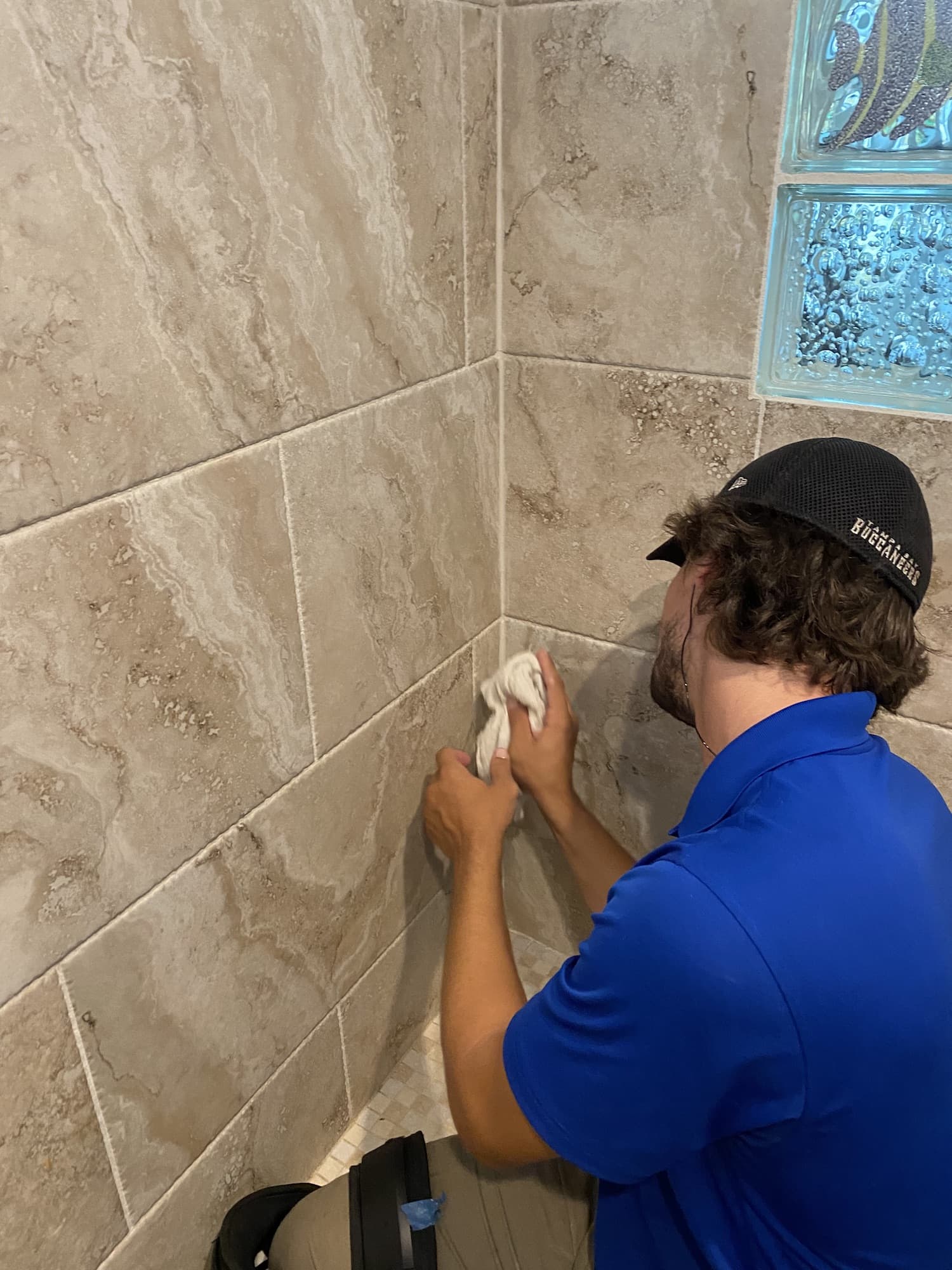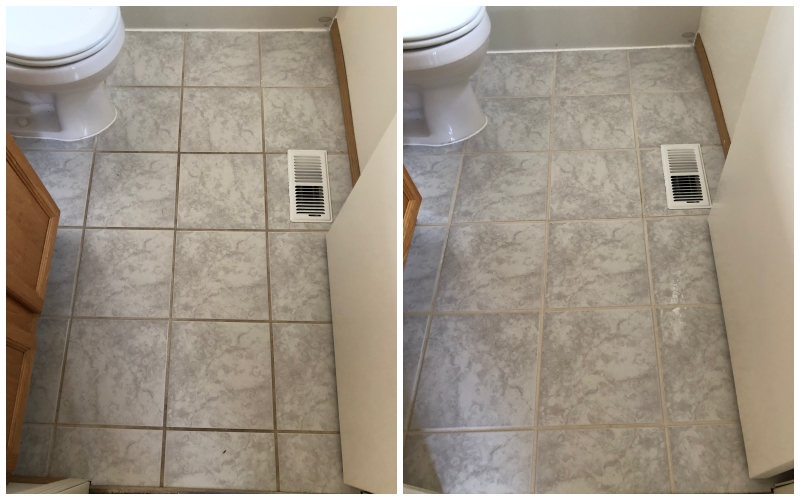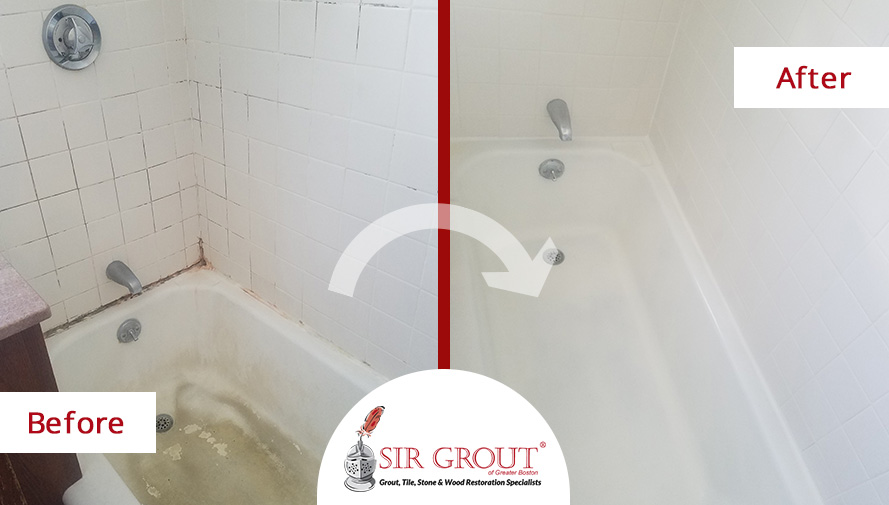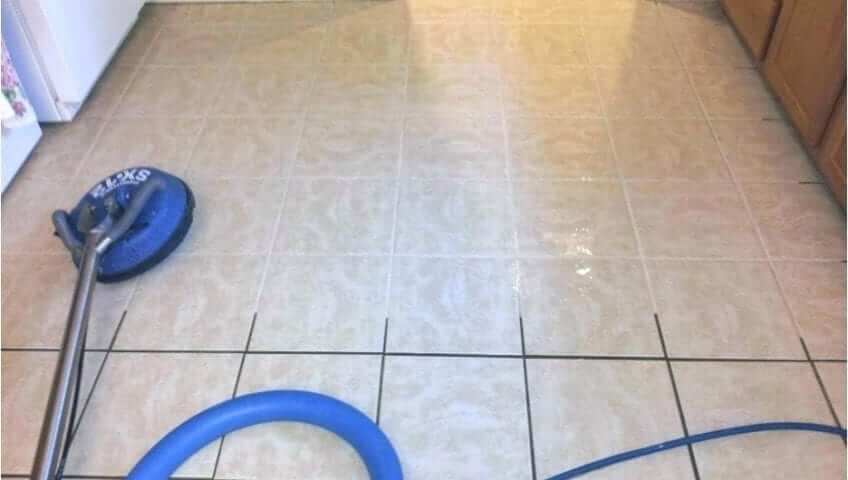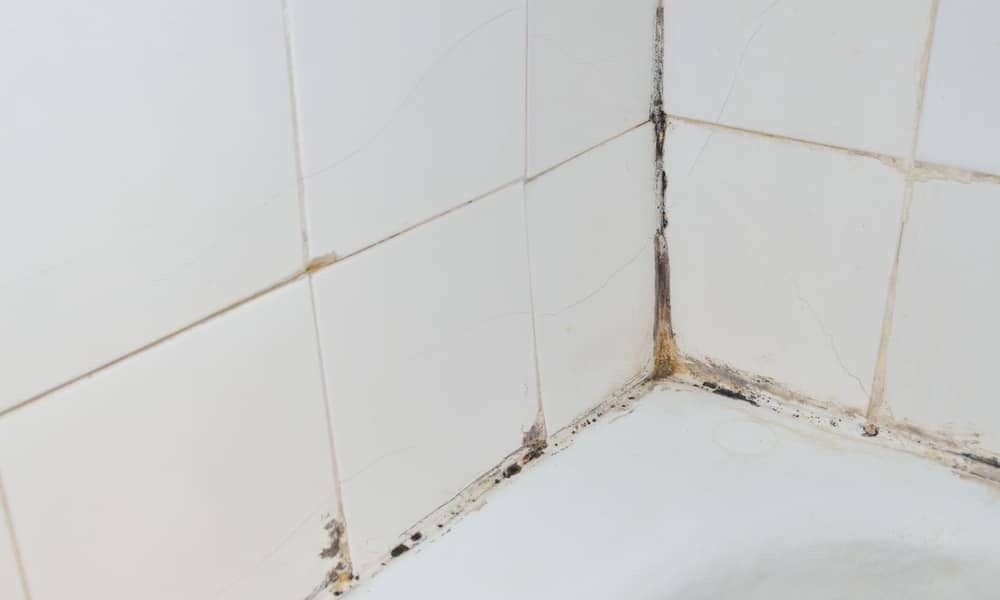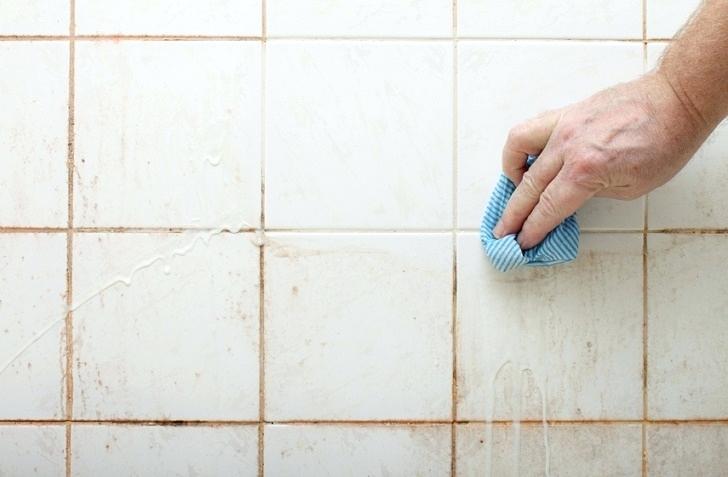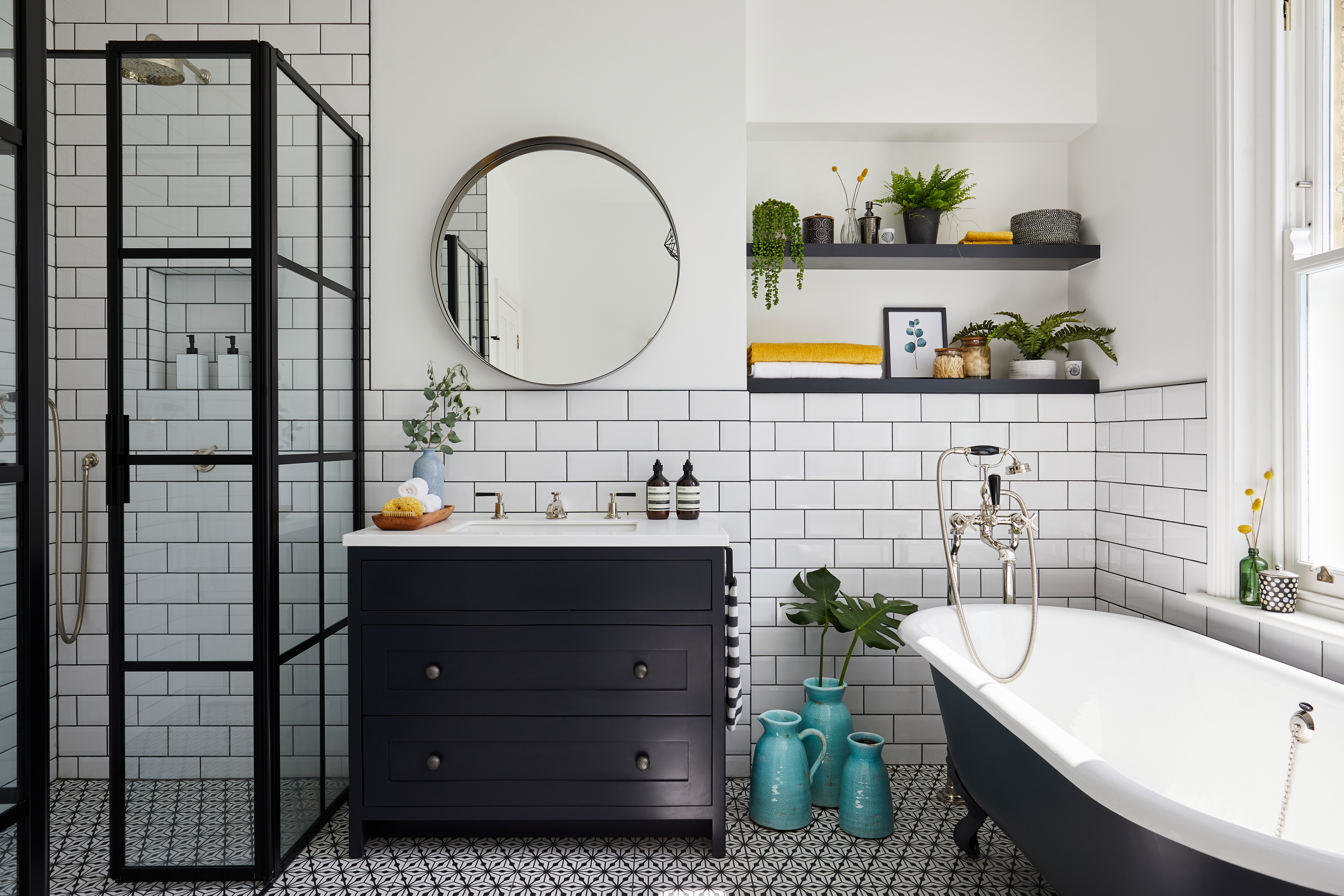Deep cleaning bathroom tile is an essential part of maintaining a clean and hygienic bathroom environment. Over time, dirt, grime, soap scum, and mildew can accumulate on tile surfaces, leading to unsightly stains and potential health hazards. To effectively deep clean bathroom tile, it’s essential to use the right tools, products, and techniques to ensure thorough cleaning and disinfection.
First, start by removing any loose debris or surface dirt from the tile using a vacuum cleaner or a broom. This step helps to prevent dirt from being spread around during the cleaning process and allows for better penetration of cleaning products into the tile grout and crevices.
Next, prepare a cleaning solution by mixing warm water with a mild detergent or a specially formulated tile cleaner. Avoid using harsh chemicals or abrasive cleaners that can damage the tile surface or grout. Alternatively, you can create a homemade cleaning solution using ingredients such as white vinegar, baking soda, or lemon juice, which are effective natural cleaners.
Apply the cleaning solution to the tile surface using a sponge or a soft-bristled brush, working in small sections to ensure thorough coverage. Pay special attention to areas with heavy buildup or stubborn stains, such as grout lines and corners. Allow the cleaning solution to sit for a few minutes to loosen dirt and grime before scrubbing the surface gently.
For tough stains or mildew growth, you may need to use a more concentrated cleaning solution or a specialized mildew remover. Apply the product according to the manufacturer’s instructions and allow it to penetrate the stain before scrubbing with a brush or sponge. Rinse the area thoroughly with clean water to remove any residue.
After cleaning, rinse the entire tile surface with clean water to remove any remaining soap residue or cleaning solution. Use a clean sponge or mop to wipe down the tiles and remove excess water. For extra shine and disinfection, you can also wipe the tile surface with a solution of water and white vinegar or a commercial tile cleaner.
Finally, allow the tile surface to air dry completely before using the bathroom again. Proper ventilation is essential to prevent moisture buildup and discourage mold and mildew growth. Consider using a fan or opening windows to promote airflow and speed up the drying process.
Deep cleaning bathroom tiles requires thorough preparation, the right cleaning products, and proper techniques to achieve effective results. By following these steps and maintaining regular cleaning habits, you can keep your bathroom tile looking clean, hygienic, and free from stains and mold growth. Regular maintenance is key to preserving the beauty and longevity of your tile surfaces and ensuring a clean and healthy bathroom environment for you and your family.
Ways To Deep Clean Your Bathroom And Keep It Clean
These Bathroom Tiles Have an Impeccable Aspect as a Result of a
How to Clean a Bathroom Floor
How to clean tiles u0026 grout Clean tile, Household cleaning tips
Deep-Clean Your Bathroom in Simple Steps
How to Clean Shower Tile
Tips to Clean Shower Tile
How to clean bathroom tiles with baking soda, vinegar, lemon and
How to Deep Clean Bathroom Tiles, Floor, Grouts, Faucets, Hard Water Stains u0026 Everything
Related articles:
- Restore Old Bathroom Tile
- Rustic Bathroom Tile Designs
- Vertical Bathroom Tile Designs
- Bathroom Tile Makeover
- Modern Bathroom Tile Ideas
- Blue Glass Mosaic Bathroom Tiles
- Bathroom Tile Shower Design Ideas
- Modern Bathroom Tile Texture
- Modern Bathroom Tile Layout
- Bathroom Tiles Painted Over
How To Deep Clean Bathroom Tile
A sparkling-clean bathroom is a must for any home. But sometimes regular cleaning isn’t enough to keep your bathroom tiles looking their best. This is when it’s time to deep clean your bathroom tile. Deep cleaning is an important part of a regular cleaning routine and can help keep your bathroom tiles looking like new. This guide will explain how to deep clean bathroom tiles, step-by-step.
Step One: Gather Your Supplies
Before you start deep cleaning your bathroom tile, it’s important to make sure you have all the supplies you need on hand. Gather a bucket, a sponge or cloth, a scrubbing brush, and some mild detergent or soap. If you’re dealing with tough stains, you may also want to pick up some specialized tile cleaner or grout cleaner from your local hardware store.
Step Two: Prep the Room
Once you have all the supplies you need, it’s time to prep the room for cleaning. Start by removing any items from the room that could get in the way or be damaged by the cleaning process. This includes rugs, towels, shower curtains, and other decorations. Once everything is removed from the room, vacuum or sweep the floor to remove any dirt and debris that could interfere with the deep cleaning process.
Step Three: Begin Cleaning
Now it’s time to begin cleaning your bathroom tile. Start by filling the bucket with warm water and adding a few drops of mild detergent or soap to create a soapy solution. Dip the sponge or cloth into the solution and use it to wipe down all of the tiles in your bathroom. For tougher stains, such as mold or mildew, use a scrubbing brush and specialized tile cleaner to break down the stain and remove it from the tile surface.
Step Four: Rinse Tiles
Once all of the tiles in your bathroom have been wiped down with a soapy solution and scrubbed free of any tough stains, it’s time to rinse off all of the soap residue and dirt with clean water. Use a wet cloth or sponge to wipe away any remaining soap residue and rinse away any dirt that has been loosened during cleaning.
Step Five: Dry Tiles
After your tiles have been thoroughly rinsed off, it’s important to dry them properly before moving on to any additional tasks such as grout sealing or applying polish or sealant products. Use a clean dry towel or cloth to wipe away any remaining water from your tiles and allow them to air dry completely before continuing with any other steps in your deep-cleaning routine.
How often should I deep clean my bathroom tile?
Depending on how much traffic your bathroom sees, deep cleaning should be done at least once every few months. For high-traffic bathrooms that are used frequently, deep cleaning may need to be done more frequently – every month or two – to keep tile surfaces looking their best and prevent permanent staining from occurring over time.
What type of cleaner should I use?
It’s best to use a mild detergent or soap when deep-cleaning bathroom tile surfaces as harsh chemical cleaners can damage delicate tile surfaces over time. If you’re dealing with tough stains such as mold or mildew, however, it’s best to pick up specialty cleaners designed specifically for removing these types of stains from tile surfaces without damaging them in any way.
What if my grout is discolored? Can I still deep-clean my tile?
Yes! Deep-cleaning is even more important if your grout is discolored as this can indicate an accumulation of dirt and debris that needs to be removed for your grout lines to look their best again. When deep-cleaning discolored grout lines, make sure you use a specialized grout cleaner to break down tough stains without damaging delicate surfaces in the process.
What is the best way to deep clean grout between bathroom tiles?
The best way to deep clean grout between bathroom tiles is to mix baking soda and water into a paste, then spread it on the grout with a brush or an old toothbrush. Allow the paste to sit for 10-15 minutes, then scrub the grout with the brush. Finally, wipe away the paste with a damp cloth. For heavy-duty cleaning, you can use a mixture of 1/2 cup bleach and 1 gallon of water. Be sure to wear protective gloves and ventilate the area while using bleach.
What type of cleaner should be used to deep clean grout between bathroom tiles?
A grout cleaner specifically designed for cleaning grout is the best option for deep cleaning grout between bathroom tiles. These cleaners typically contain ingredients like hydrogen peroxide, baking soda, vinegar, or oxygen bleach which help to break down dirt and grime that has built up in the grout lines.
What type of brush should be used to clean grout between bathroom tiles?
A small, stiff-bristled brush is best for cleaning grout between bathroom tiles. A toothbrush or an old paintbrush can work well for this purpose. For tougher stains, you may need to use a grout brush specifically designed for cleaning grout lines.
